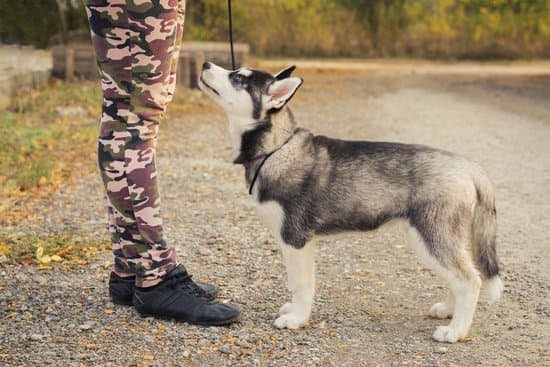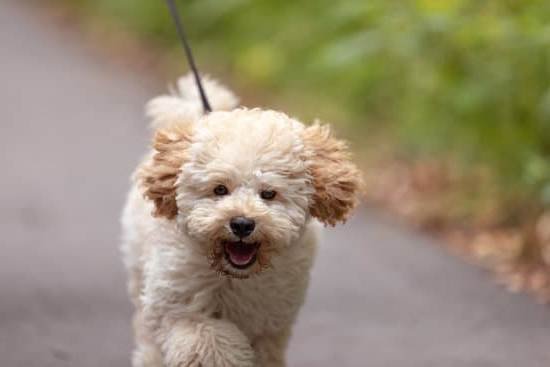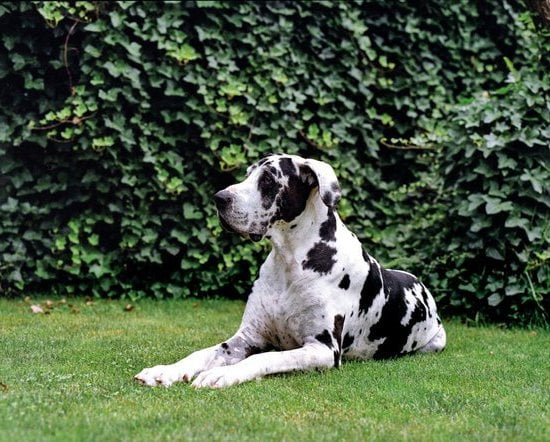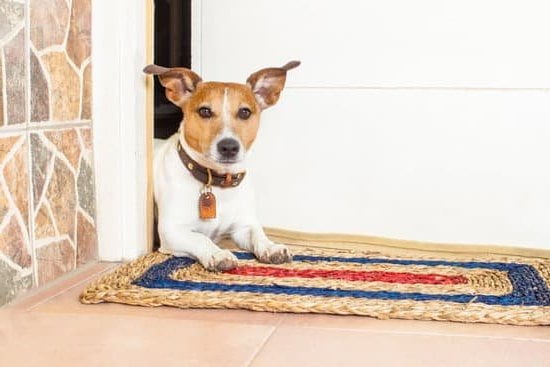Introduction
Potty training is essential for any household with a dog in it. It teaches the dog when and where to go potty, preventing accidents in your home. With proper training, the dog will know it’s expected to go potty outdoors, providing an easy and mess-free way of dealing with their business.
Unfortunately, even dogs that have been potty trained can experience problems along the way. If a dog pees on the carpet after being successfully trained to go outside, there are likely underlying causes that need to be addressed in order for them not to repeat this behavior. To identify these triggers and resolve the issue, you’ll need to take a look at their environment and daily routine. Potty training isn’t only about teaching your pup what’s expected of them; it also requires planning ahead and monitoring their behaviors. This means taking into consideration factors like when your pup goes out last, how exciting or stimulating the environment is for them, how often threats like other dogs are present, as well as how much attention they’re getting from you or other people around them.
By analyzing these aspects of their lives and making necessary changes if needed – such as increasing the number of times they go outside while making sure they’re supervised – you should eventually be able to make progress towards a solution. Through patience, consistency and commitment towards creating better habits your four-legged family member should learn when it’s time to pee or poop in an appropriate place!
Identifying Potential Medical Causes of Accidents
It’s important to take into account the fact that dogs who are potty trained may still have accidents on occasion and it’s possible that those accidents may be due to an underlying medical condition. If a dog has been potty trained and is suddenly having accidents in the house, it can be a good idea to visit the veterinarian for a thorough examination. The vet can help rule out any potential medical causes for the sudden loss of bladder control such as urinary tract infections, bladder stones, inflammation of the urinary tract, or diabetes. A veterinarian may also recommend tests such as blood work or X-rays to make sure there is not an organ dysfunction causing the pet’s inability to hold their urine. Additionally, pets who have reached senior age might suffer from changes in hormones that can affect their ability to hold in their urine, so it’s important to consider your pet’s age when ruling out medical causes.
Examining Your Dog’s Potty Training Routine
If your dog is potty trained but continues to pee on your carpet, it could be a sign of a few different issues. First, check your potty training routine to ensure that you are consistently reinforcing the needed behaviors. This includes regularly taking your pet outside and providing positive reinforcement when they do their business in the right place. Additionally, consider the age and background of your pet and be sure that they have access to potty spots with appropriate surfaces (like grass or gravel) as some dogs may have trouble adjusting to indoor surfaces such as carpeting or tiles. It can also help to implement a consistent schedule for potty breaks so your dog learns when they should take care of their business. Finally, it’s important to remember not to reprimand or punish your pet if they do pee on the carpet–this can backfire by causing them to associate negative emotions with elimination and lead to inappropriate elimination around people and other animals.
Creating an Environment That Discourages Peeing on Carpet
It is important to create an environment that discourages the dog from peeing on your carpet. Start by placing a mat by the door of entry points into the house, such as hallways and pet doors, to encourage them to use those when they need to go bathroom. When training your dog potty habits, keep their “potty area” in the same spot every time so that they begin to understand the area is for peeing and pooping. Providing treats after successful potty trips can also be beneficial. Another tactic could be positively reinforcing when proper behavior is followed by providing rewards, like walks or playtime with a toy. You should also provide consistent discipline for unwanted behaviors such as peeing on carpet; this includes immediately cleaning up any messes and then distracting them from returning to it. Additionally, if needed, discussing corrective measures with veterinarians or a professional animal trainer could help you find ways that best apply to your pup’s needs. Creating an environment that discourages peeing on the carpet will not only help keep carpets clean but reward positive behaviors of your furry friend as well!
Tips and Tricks For Positive Reinforcement Training
Positive reinforcement training is an important tool to use when teaching a dog new behaviors and habits. It is especially useful when trying to train a dog who seems to be having difficulty with potty training, such as one who is peeing on the carpet despite being potty trained.
When engaging in positive reinforcement for this kind of situation, it is important to remember that consistency is key. Dogs need consistency in order for the learning process to be effective. As such, it’s important to make sure that you are providing the same rewards or corrections each time your pup does something that either needs to be corrected or rewarded (e.g., if they do go outside and use their bathroom, reward them; if they pee inside, correct them).
In addition, make sure you have plenty of patience and positivity while training your pup. The more upbeat and encouraging you can be, the more likely your pup will feel successful and come around more quickly. Offering treats as rewards for good behavior is also an effective way to motivate them – just make sure that you don’t overdo it!
Finally, be persistent! Training takes time and effort from both parties involved – so don’t give up too soon! If you follow all of these tips consistently enough with patience, positivity and treats as rewards, eventually your pup should start to understand what is expected of them when it comes time to use their bathroom.
Safe and Effective Ways to Remove Dog Urine
One of the safest and most effective ways to remove dog urine from carpets is to first use a soap-based cleaner. Whether you choose a homemade or store-bought solution, make sure to test it in an inconspicuous area of carpet first. The cleaner should be mixed according to instructions and then applied directly to the urine stain. Let the cleaner sit for fifteen minutes before blotting up with a dry paper towel or rag. Since dog urine can cause permanent damage if left untreated, repeat this process until all traces of odor and stains have been removed.
You can also try using a pet stain remover, which may work better on certain types of fabrics. Again, test in an inconspicuous area first before applying liberally to the stained area. Wet vacs are also helpful for drawing out moisture that might remain after using other methods. A good professional cleaning can also help deep clean and remove any smell from the remaining stubborn stains.
Consulting With a Professional Dog Trainer
If your dog is potty trained but they are still having accidents on the carpet, it is important that you consult a professional dog trainer who can help further train your pup. During a consultation with a dog trainer, they may ask you to recount a detailed history of mistakes the pup has made in the past and how you reacted to them. They will evaluate how much time and attention your pup spends outdoors, and observe how quickly your pup responds to various commands. Taking note of certain behaviors while playing or walking outside also helps trainers understand where the issues might be stemming from. Once a baseline has been established, the professional can give more personalized instruction to each training session, provide recommendations for what type of environment would best suit your pup, and suggest rewards-based techniques to help motivate your pup and corrective techniques to adjust their behavior. Finally, if needed, additional training solutions tailored specifically for your individual circumstance may be suggested.
Conclusion
There are several steps that can be taken to combat a dog’s habit of peeing on the carpet while still keeping them happy. These include: creating a consistent potty routine, disciplining the dog with positive reinforcement techniques when they pee on the carpet, and providing them with plenty of exercise and opportunities to go to the bathroom outside. A regular potty schedule helps as it teaches dogs that there are certain times set aside for them to use the bathroom. Additionally, rewarding dogs or providing praise when they go to the bathroom outside establishes good behavior. Taking dogs out regularly for adequate exercise aids in proper elimination habits. Finally, if the problem persists, seeking professional guidance from a veterinarian or animal behaviorist is recommended. With proper dedication and training, eliminating this canine behavior can be accomplished without compromising an owner’s relationship with their pup.

Welcome to the blog! I am a professional dog trainer and have been working with dogs for many years. In this blog, I will be discussing various topics related to dog training, including tips, tricks, and advice. I hope you find this information helpful and informative. Thanks for reading!





